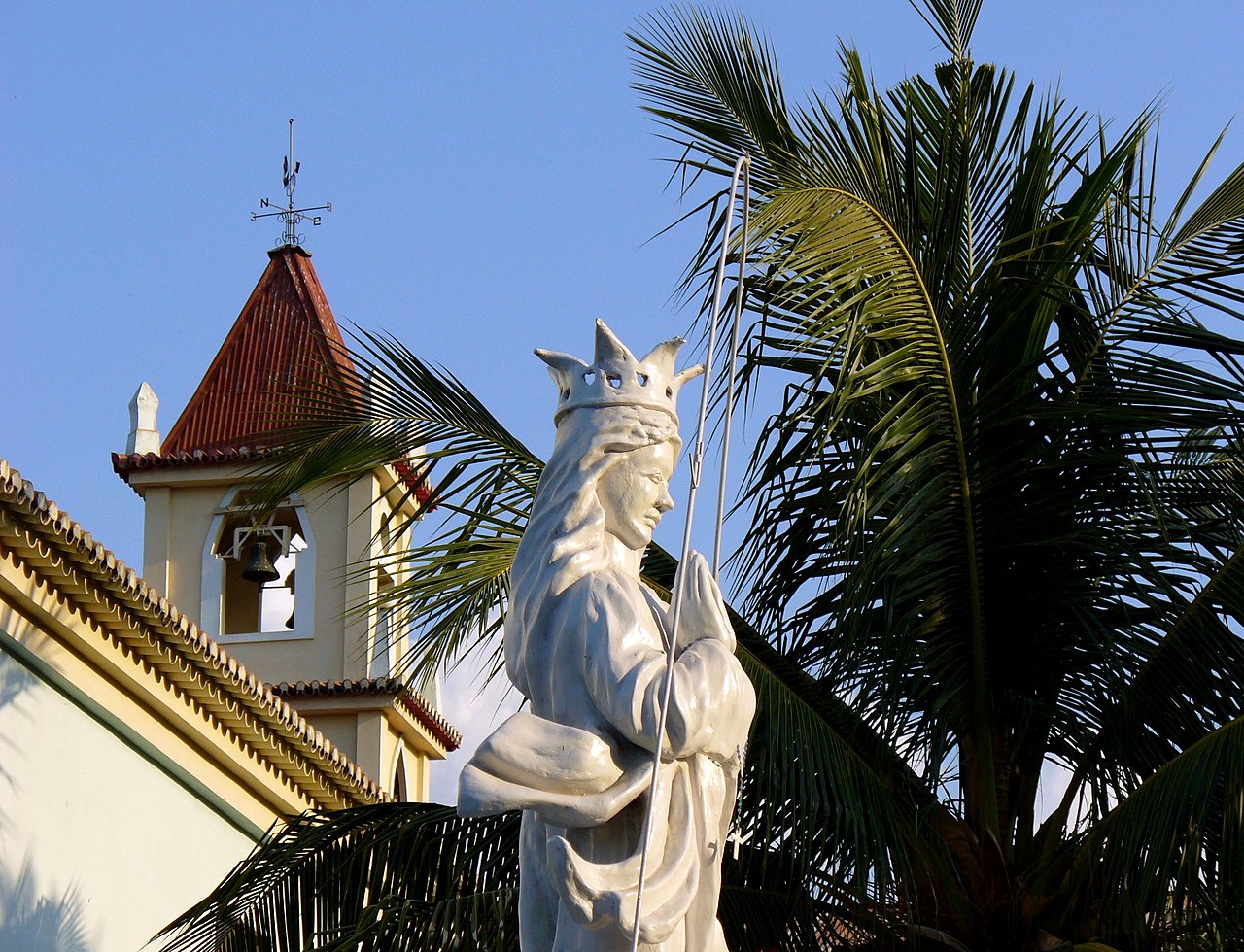Timor-Leste - belief and religion
Timor-Leste is located on the South East Asian Peninsulas. Its religion and indigenous belief is similar to Filipinos whose state religion is Catholic Christianity. On the other hand,Indonesia, Malaysia, and Brunei are neighboring island countries, and most population is Muslims with Islam as their state religion.Timorese’s ancient belief of their country origin led them to be Christians. The ancient myth was about a boy who found a crocodile egg. Once the egg hatched, both the boy and the offspring became friends. They ventured out for the adventures together. Sadly, the crocodile did not live a very long life, and died. Later, the crocodile remain turned into the Timor Island. The terrain of the island itself supports the story with its similar shape to crocodile body. Even though in the period of 2009 to 2012, there were reports of saltwater crocodile attacks on the locals. Some were wounded, even turned up dead. Timorese still cherished their belief that crocodiles are the holy animal of the islands, so they never bring any harm to the crocodiles. (พรชัย สุจิตต์, 2557:13)
Even though there is no assignation of Timor’s official state religion, but 98% of the population are Catholic Christians, and Protestant Christians are only 1%. However, Muslims populations are under 1%. Additionally, Christianity plays a major role in Timorese daily lives.
Catholicism
The Catholicism was introduced into Timor-Leste since 1600s by Antonio Taveirathe clergyman. (Andrea Katalin Molnar, 2010, p.19) Although Timorese had their own ancient belief, they did not oppose the new religion introduction into their country. Later on, when Timor was invaded by Indonesian army in 1975, Christianity became one of the peaceful acts of opposition to Indonesian power. Timorese registered as Catholics more than Muslims which was the religion that was brought in by the Indonesian army.
During the time when Timor-Lestewas occupied by Indonesian force, Roman Catholic Church started to have more influences on Timorese. Since 90% of its people had converted to that religion, it sparked a violent clash that finally led to the state’s tragedy. The shootings took place in November 12, 1991 at Santa Cruz Cemetery. Motael Church was an assembly point where a liberation rally was organized to demand for independence(สิทธา เลิศไพบูลย์ศิริ และ อรพรรณ ลีนะนิธิกุล,ผู้แปล, 2555:(17)). Later, Bishop Carlos Belo of Roman Catholic Church was granted Nobel Peace Prize in 1996 along with his co-winner, Jose Ramos Horta. He wrote an open letter calling for a referendum to help Timorese attacked by Indonesian force (วันชัย สันติวิทยาพิทักษ์ และ สรณรัชฎ์ กาญจนะวณิชย์, 2543:84). It expressed international supports in demanding for Timorese independence and also put pressure on Indonesian government and Indonesian force to restore liberty for Timor-Leste.
Therefore, Christianity is not new for Timorese. It signifies a unification of the people to fight back Indonesian force. The religion is now more popular than ever.
Bibliography
Andrea Katalin Molnar. (2010). Timor Leste. Newyork: Routledge.
พรชัย สุจิตต์. (2557). แนะนำประเทศติมอร์เลสเต. กรุงเทพมหานคร: สำนักพิมพ์เมืองโบราณ.
วันชัย สันติวิทยาพิทักษ์ และ สรณรัชฎ์ กาญจนะวณิชย์. (มีนาคม 2543). ก่อนกำเนิดติมอร์ตะวันออก โฮเซ่ รามอส - ฮอร์ต้า. สารคดี, 16(18), 82-92.
สิทธา เลิศไพบูลย์ศิริ. (2555). ติมอร์ตะวันออก : เส้นทางสู่เอกราช. (อรพรรณ ลีนะนิธิกุล, ผู้แปล) กรุงเทพมหานคร: มูลนิธิโครงการตำราสังคมศาสตร์และมนุษยศาสตร์.


